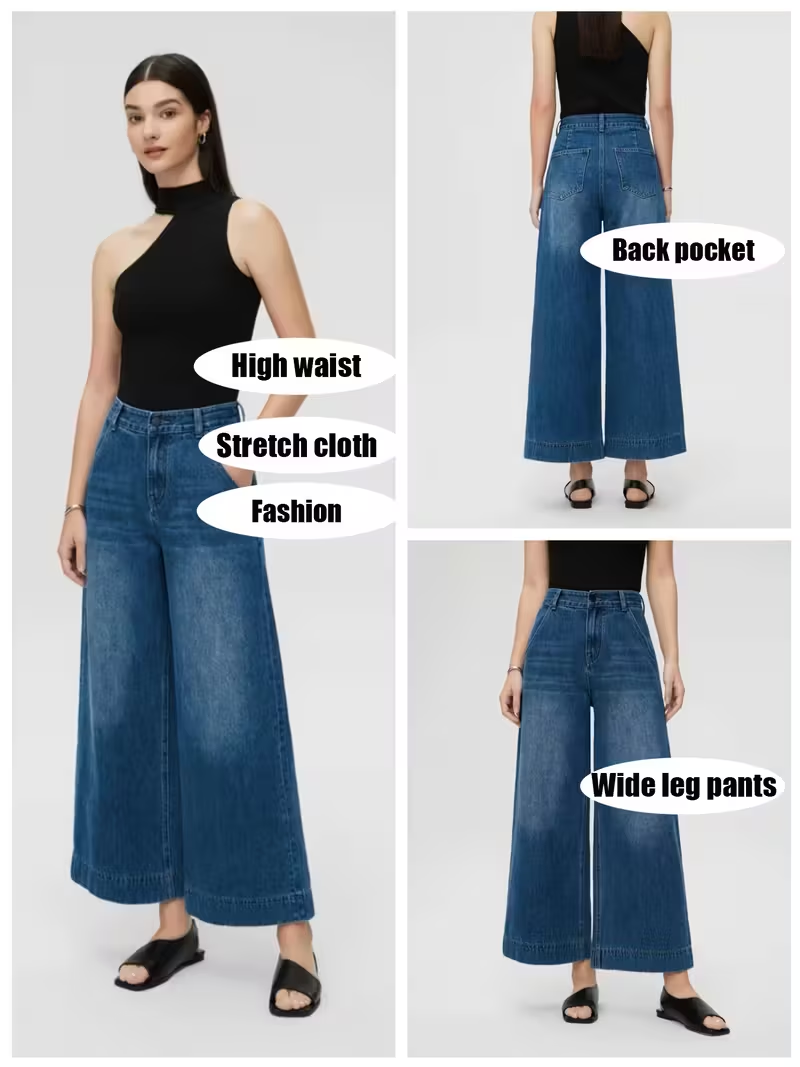The collection was inspired by the 18th century
If recent TV adaptations of Dangerous Liaisons and the life of Marie Antoinette are anything to go by, there’s something about the 18th century that resonates with our moment in time. Maybe it’s the glamorous escapism, or maybe it’s the revolutionary spirit that underpinned it: the ideas of personal liberation proposed by Rousseau, who was woke when it was still known as enlightened. Placed in a Max Mara context – the epitome of the rational, pragmatic quality wardrobe – those are interesting thoughts. It’s exactly what went down in the Rotonda della Besana this season, as Ian Griffiths fused the grammar of the 18th century with the Italian purveyor of modernity.
Ian Griffiths looked for parallels between then and now
After sponsoring the restoration of the 18th century collection at the Calouste Gulbenkian Foundation as part of his cruise show in Lisbon last summer, Griffiths started pondering the relevance of the era through a present-day lens. “Was it dry, dusty and distant? Or was it a dress rehearsal for the times we’re living in now?” He delved into the writings of Émilie du Châtelet, a progressive noblewoman who immersed herself in the time’s fashion for natural philosophy. “I discovered in her a starting point for a collection which, from a costume history point of view, was about designing something that maybe she would like to have worn then. But, at the end of the telescope, is something you’d like to wear now,” he explained.
It took inspiration from Émilie du Châtelet
Applying the silhouettes of 18th century dress to the very contrasting nature of Max Mara, Griffiths conceived a look that evoked the contours of court dress through functional and comfortable constructions. “I imagine Émilie du Châtelet would have welcomed a more rational approach to what she could wear in a time when fashion was extremely apotropaic. It was like voodoo: totemic. Today, those pieces give us a sense of romance, which is what I think we’re looking for,” he said, offering a reason for our contemporary fondness for an era of apparent restriction. “When I say romantic, I don’t mean hearts and flowers. I mean going in there and fighting for whatever you’re fighting for.”
It imbued the Max Mara wardrobe with elements of court dress
The fighting spirit of the 18th century was what drew the late Dame Vivienne Westwood to the epoch as well. The parallels between its revolutionaries and the punks of the 20th century was self-explanatory, and in the silhouettes of the time, she detected a representation of the spirit that possessed her own aesthetic – only, with the glamour and empowerment that court dress inevitably provides. Griffiths drew on the same sense of dignity in courtly pannier shapes, Watteau backs and banyan coats, all created with the pragmatism that attracts modern customers to Max Mara. “Our wardrobe today is very largely based on the rational and the logical, but there’s room for an element of something else,” he said.














0 Comments